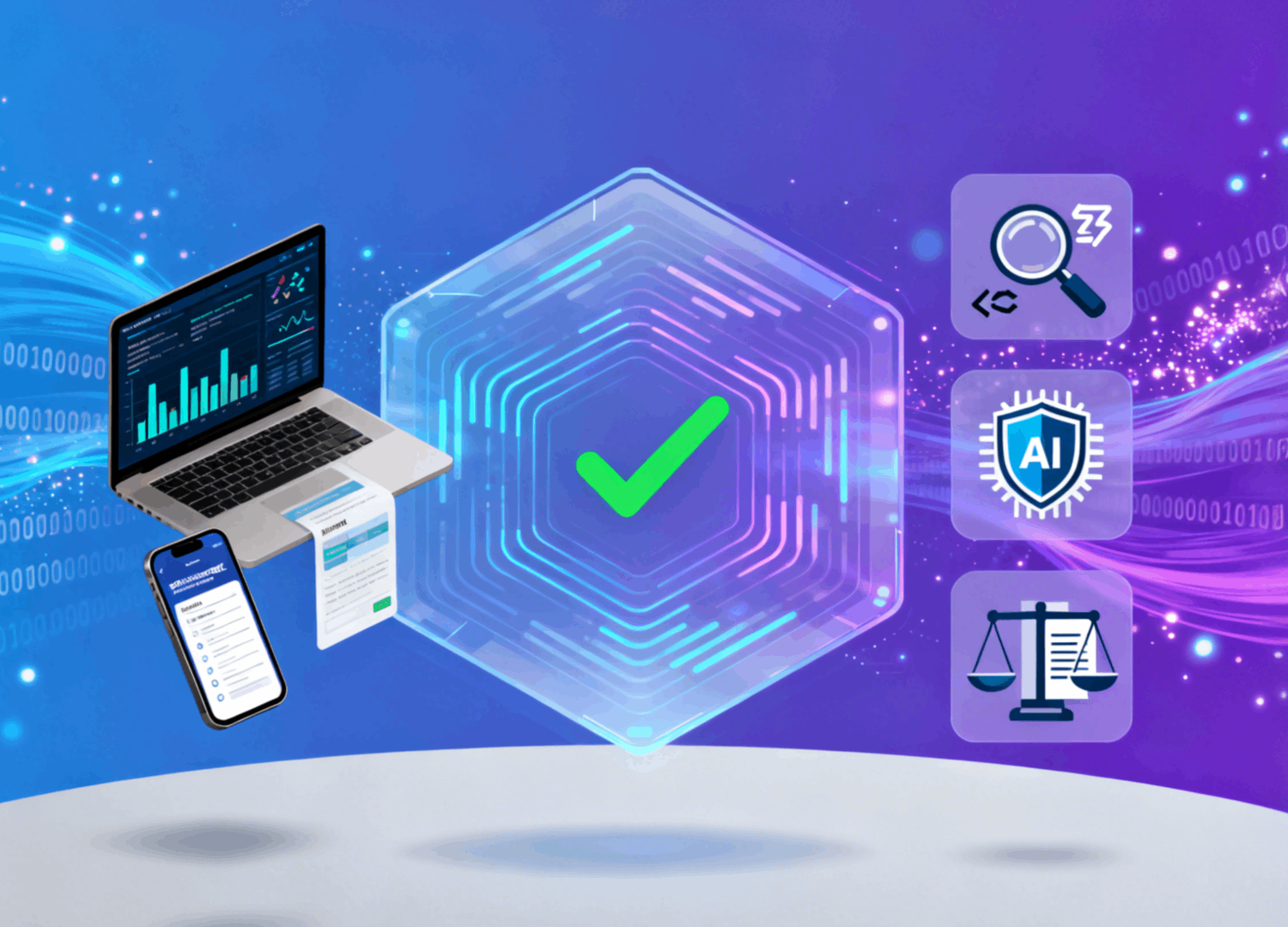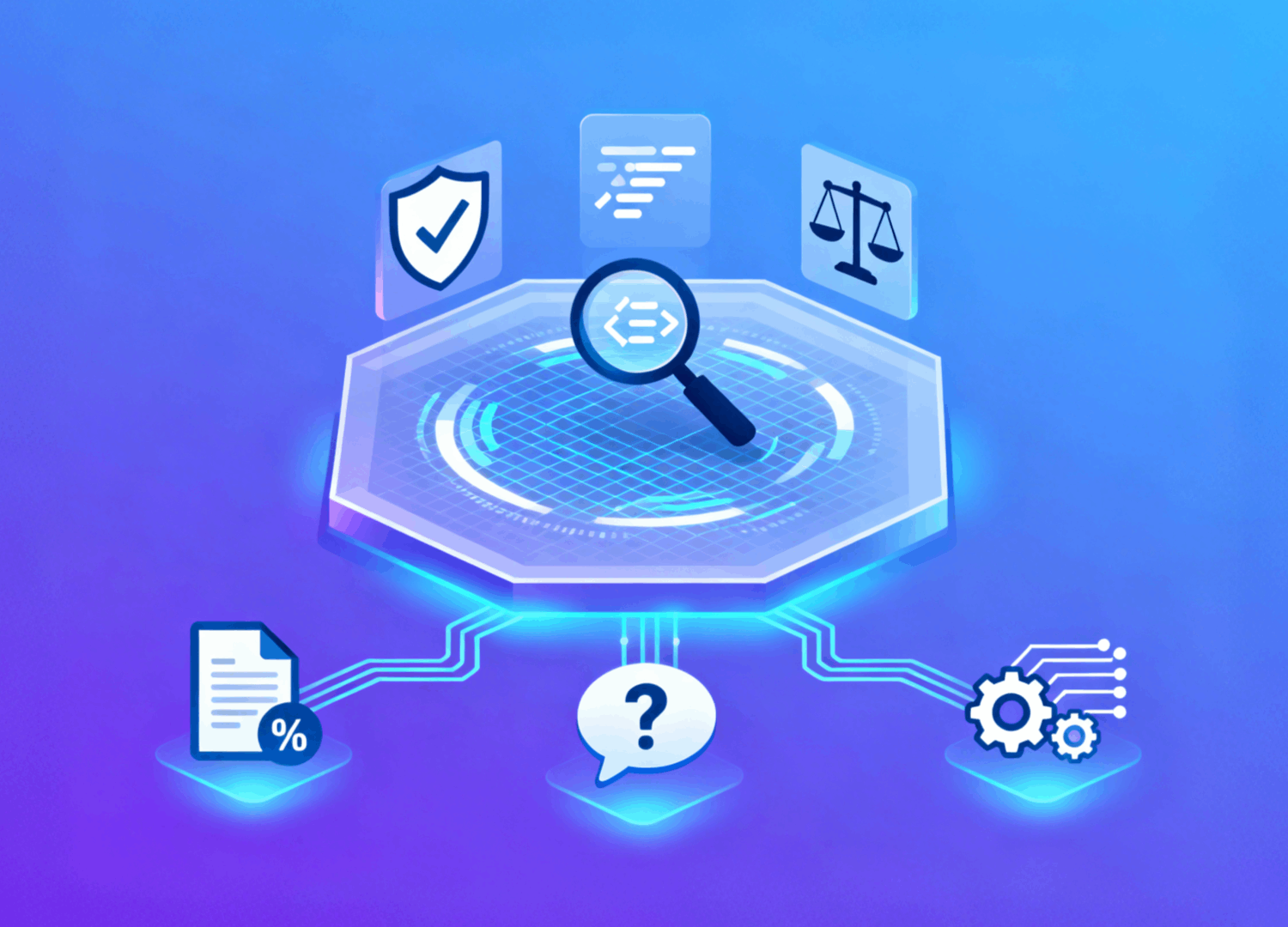
Top AI Content Detectors: Essential Tools for 2025
With the proliferation of AI-generated content, tools like AI Content Detector, AI Checker, and Chat...
Recommendation title:
GPT-2 Output Detector: How to Identify AI-Generated Text in 2024
Complete Guide to GPT-2 Output Detection Tools and Techniques
GPT-2 Output Detector: Protecting Content Authenticity with AI Detection
GPT-2 Output Detector: How to Identify AI-Generated Text in 2024
As artificial intelligence continues to reshape content creation, the ability to distinguish between human-written and AI-generated text has become increasingly critical. GPT-2 output detectors serve as essential tools for educators, content managers, researchers, and publishers who need to verify the authenticity of written materials. With AI text generation becoming more sophisticated, understanding how GPT-2 detection technology works and implementing effective detection strategies has never been more important.
This comprehensive guide explores everything you need to know about GPT-2 output detection, from the underlying technology to practical implementation strategies. Whether you're concerned about academic integrity, content authenticity, or simply want to understand this emerging technology, you'll find actionable insights and expert recommendations throughout this article.
A GPT-2 output detector is a specialized tool designed to analyze text and determine whether it was likely generated by OpenAI's GPT-2 language model or similar AI systems. These detectors utilize machine learning algorithms trained on vast datasets of both human-written and AI-generated content to identify distinctive patterns, linguistic markers, and statistical anomalies characteristic of machine-generated text.
The detection process relies on several sophisticated mechanisms working in tandem. At its core, GPT-2 output detection analyzes textual features including perplexity scores, burstiness patterns, vocabulary distribution, sentence structure consistency, and stylistic markers that differ between human and AI writing.
Detection algorithms examine the predictability of word sequences. AI-generated text often exhibits lower perplexity—meaning the text follows more predictable patterns—compared to human writing which tends to be more varied and unpredictable. Advanced GPT-2 detectors also evaluate:
Since GPT-2's release in 2019, detection technology has evolved significantly. Early GPT-2 output detectors achieved moderate success rates of 70-85% accuracy. Modern systems incorporating deep learning classification, ensemble methods, and fine-tuned language models now achieve accuracy rates exceeding 95% under controlled conditions, though real-world performance varies based on text length, subject matter, and whether the AI output has been modified.
The market offers numerous GPT-2 detection tools, each with unique strengths, limitations, and use cases. Understanding which detector best suits your needs requires examining their capabilities, accuracy metrics, and practical applications.
Academic and research institutions have developed several high-performance GPT-2 output detectors that set benchmarks for the industry. GLTR (Giant Language model Test Room) visualizes the likelihood of each word in a text, helping users identify suspiciously predictable sequences. The tool highlights words based on their probability ranking, making AI-generated sections visually apparent.
OpenAI's own detector, though discontinued for public use, pioneered many techniques still employed today. The model was trained specifically on GPT-2 outputs and achieved strong detection rates, particularly on unmodified AI-generated content.
Several commercial platforms have integrated GPT-2 output detection capabilities into broader content verification suites. These tools typically offer user-friendly interfaces, batch processing capabilities, and API access for integration into existing workflows.
Key features to evaluate when selecting a commercial GPT-2 detector include:
The open-source community has contributed valuable GPT-2 detection tools that offer transparency, customization, and cost-effectiveness. These solutions allow technical users to examine detection algorithms, adjust parameters, and contribute improvements to the codebase.
Understanding where and how to deploy GPT-2 output detection technology maximizes its value across various professional contexts.
Educational institutions represent one of the primary use cases for GPT-2 detectors. Professors and academic administrators utilize these tools to identify potential instances of AI-assisted plagiarism in student submissions. Implementation strategies include integrating detection into learning management systems, establishing clear policies regarding AI use, and combining automated detection with human review for final determinations.
Publishers and content platforms employ GPT-2 output detectors to maintain editorial standards and ensure authentic authorship. News organizations, blogs, and digital magazines use these tools during editorial review to verify that submitted content meets human authorship requirements and quality standards.
Scientific journals and research institutions incorporate GPT-2 detection technology into peer review processes to identify potentially fabricated research sections, auto-generated literature reviews, or AI-assisted manuscript preparation that violates publication ethics guidelines.
While GPT-2 output detectors provide valuable capabilities, understanding their limitations ensures appropriate application and interpretation of results.
Several variables influence GPT-2 detector performance. Text length significantly impacts accuracy—longer passages generally produce more reliable results as detectors have more linguistic data to analyze. Shorter texts under 100 words often yield inconclusive results.
Subject matter complexity also affects detection rates. Highly technical or specialized content may produce false positives if the human author's writing style happens to align with AI patterns, or false negatives if the AI was fine-tuned on domain-specific data.
A critical limitation of current GPT-2 output detection systems is vulnerability to human editing. When users generate AI text and then substantially revise it, detection accuracy drops significantly. Paraphrasing, reordering sentences, and inserting personal anecdotes all reduce detectability.
To maximize effectiveness when deploying GPT-2 detectors, consider these evidence-based recommendations:
As AI language models continue advancing, GPT-2 output detection technology must evolve correspondingly to remain effective.
Next-generation GPT-2 detectors are incorporating watermarking technologies that embed imperceptible patterns during AI text generation, making detection more reliable. Researchers are also developing behavioral analysis methods that examine writing processes rather than just final outputs, and multi-modal detection systems that analyze metadata, timing patterns, and contextual information alongside textual content.
The detection landscape faces several significant challenges. As newer models like GPT-3, GPT-4, and competing systems produce increasingly human-like text, distinguishing AI content becomes progressively harder. The proliferation of AI writing assistants that provide suggestions rather than complete generation creates gray areas where human and AI contributions blend seamlessly.
Additionally, the arms race between generation and detection continues—as detection methods improve, techniques for evading detection also advance, creating an ongoing cycle of adaptation.
The GPT-2 output detector represents a critical tool in our increasingly AI-integrated information ecosystem. While not perfect, these detection systems provide valuable capabilities for maintaining content authenticity, supporting academic integrity, and ensuring transparency in AI-assisted content creation.
Effective implementation of GPT-2 detection technology requires understanding both its capabilities and limitations. By combining automated detection with human expertise, establishing clear policies and procedures, and staying informed about technological developments, organizations can leverage these tools to support their goals while acknowledging their constraints.
As AI language models continue evolving, so too will detection methodologies. The future will likely see more sophisticated GPT-2 output detectors that balance accuracy with usability, though the fundamental challenge of distinguishing human from machine-generated text will persist. Success lies not in achieving perfect detection, but in thoughtfully integrating these tools into broader verification frameworks that preserve authenticity while embracing technological progress.
Modern GPT-2 output detectors achieve accuracy rates between 85-95% under optimal conditions with longer text samples (500+ words) that haven't been significantly edited. However, accuracy decreases substantially with shorter texts, heavily edited content, or when detecting outputs from newer AI models. Real-world accuracy typically ranges from 70-85% depending on use case and implementation. No detector currently offers 100% reliability, which is why experts recommend using detection results as one factor rather than definitive proof.
While specifically designed for GPT-2, many detection tools show partial effectiveness with newer models due to shared architectural similarities in transformer-based systems. However, accuracy generally decreases when analyzing outputs from more advanced models like GPT-3.5 or GPT-4, which produce more human-like text with fewer detectable patterns. Specialized detectors trained on multiple model generations provide better cross-model detection, though the fundamental challenge remains that newer AI systems are specifically designed to be less distinguishable from human writing.
False positives occur in GPT-2 detection for several reasons: formulaic writing styles, technical jargon, or coincidental similarity to AI patterns. If human-written content is flagged, first verify using multiple detection tools to see if results are consistent. Examine the specific passages flagged and consider whether writing style might resemble AI patterns. Most importantly, never make consequential decisions based solely on detector results—combine automated detection with human review, consider context and author history, and provide opportunities for authors to explain or demonstrate their writing process.
Various techniques can reduce GPT-2 detector effectiveness, including substantial human editing, paraphrasing, adding personal experiences and examples, varying sentence structures, and introducing intentional imperfections. However, the ethics of deliberately evading detection are questionable in contexts like academic submissions or professional content creation where human authorship is expected. Rather than focusing on evasion, the better approach is transparent disclosure of AI assistance and adherence to relevant policies regarding AI use in your specific context.

With the proliferation of AI-generated content, tools like AI Content Detector, AI Checker, and Chat...

With the popularity of AI writing tools, more and more students are using ChatGPT to generate essays

AI detection technology has become increasingly crucial in our digital landscape, where the line bet...

This article explores the rise of free AI detectors, their accuracy limits, and how they help identi...

As artificial intelligence continues to revolutionize content creation, the need to distinguish betw...